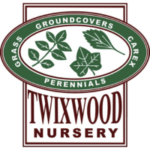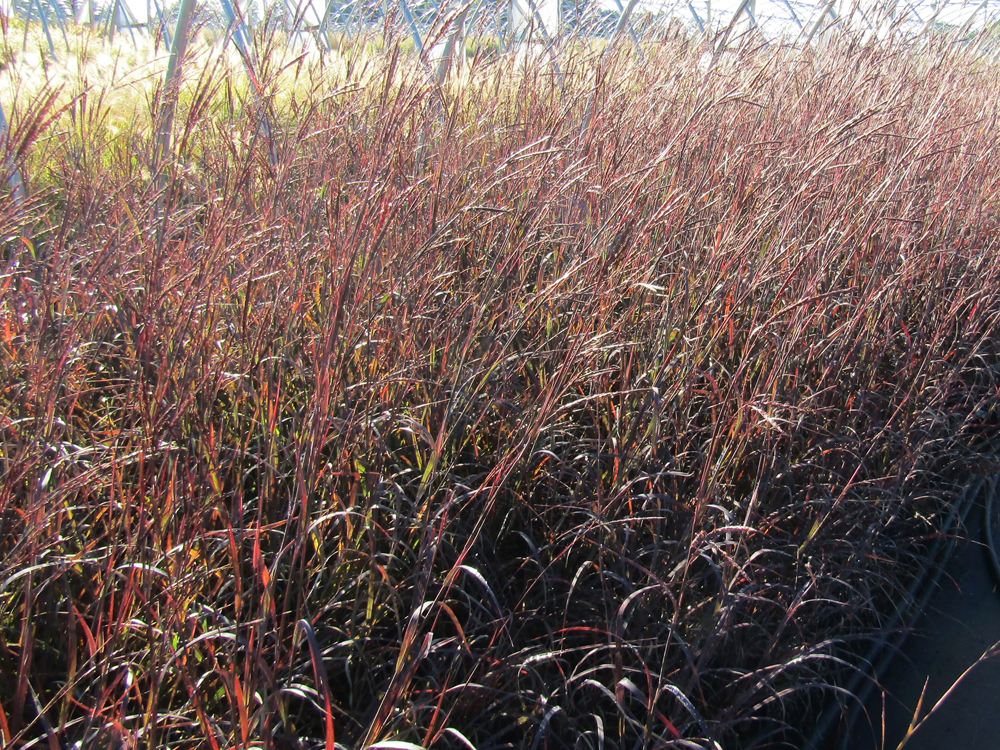
This is the time of year that the native grasses look their best and I am referring to the Big and Little Bluestems. We have in production three of Intrinsic’s patented Andropopgon gerardii varieties—‘Black Hawks’ PPAF, ‘Indian Warrior’ PP#24,999, ‘Red October’ PP#26,283. Except that we will not have ‘Black Hawks’ liners until early next summer, due to some miscalculations, errors in judgment, and poor fortune (nothing was my fault, or could be directly attributed to my actions by credible witnesses, there were only rumors) and I like ‘Indian Warrior’ a lot as it is quite purplish. These things are in full flower now, or whatever you call the seed heads on a native grass. We have a container of ‘Indian Warrior’ that has survived several winters unprotected and out in the open and it looks good as an accent plant all tall and straight and with turkey foot shaped seed things. These have about six foot or more tall scapes.
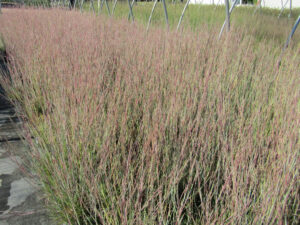
The Schizachyrium scopariums also look good in the fall, all colored up and full of fuzzy seed heads. The patented ones: ‘Blue Heaven ™ PP#17,310, ‘Carousel’ PP#20,948, and ‘Standing Ovation’ PP#25,202 are nice this time of the year and look similar and are all straight up and down, looking good in a mass planting. I mostly drive by a field of the ‘Blue Heaven’ ones that I see the most. Everyone and their dog is making Little Bluestem selections these days so it is about time to stop or it will be like daylilies. The funniest thing that I heard this year was that ‘The Blues’, which is a non-patented variety, is coming back into popularity because it mimics the non-selected and native grasses in that it lodges. Why anyone would like to see a grass that falls over any time it is planted in fertile ground and watered is beyond me but this going native is quite the emotional experience; or so I am told. I have gotten this far in life without feeling the tingle. On the other hand, why am I complaining—we have lots of field stock of ‘The Blues’ and do not have to pay a royalty on it and the customer is always right.
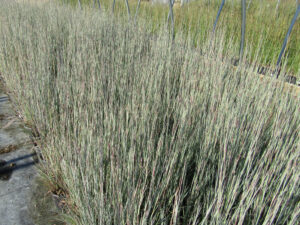
We are producing more and more grass liners these days and can produce even more if we get any hints that there is a market for them. As I have mentioned many times, our production cycle has to mesh with our larger groundcover production cycles and our experience, which is why we dig clumps in early November, divide in the winter, heat in March and April and have a good 2 ½” or a 50 or 38 plug or a 3 ½” pot sometime in June. People who know what they are doing make these things in the summer which is when we are busy sticking some five million pachysandra cuttings and making money.
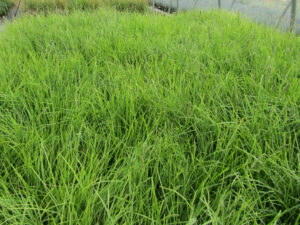
Speaking of native grasses of Southern Russia there is always Sesleria autumnalis, which is easy to grow, and better yet the Sesleria ‘Greenlee’s Hybrid’ which is half the native Russian one and half the native Scandinavian one. It is a little shorter than the straight one and I like it a lot and no one buys it for nothing which is why we still have half an acre of stock plants out in the field. Let us know sometime before the ground freezes and we will cheerfully over-produce this variety for you. Tell us before the ground freezes because we have trouble finding jack hammer operators in January.
We cannot escape native grasses without giving a big plug for Sporobolus heterolepis which I am still learning how to pronounce. We seed these in April very successfully in which ever plug or pot you want with multiple seedlings in each plug or pot. I like to do S. ‘Tara’ the vegetatively propagated one, because Roy Diblick found it and he is a true purist who does not patent any of his findings—Panicum ‘Northwind’ or S. ‘Tara’. Anyhow, we can over-produce ‘Tara’ in the spring (the timing of production is a big trade secret that we can only tell to fellow International Plant Propagator’s Society members), so let us know then what you will want.
I can go on at great length, but it will have to be another time.
